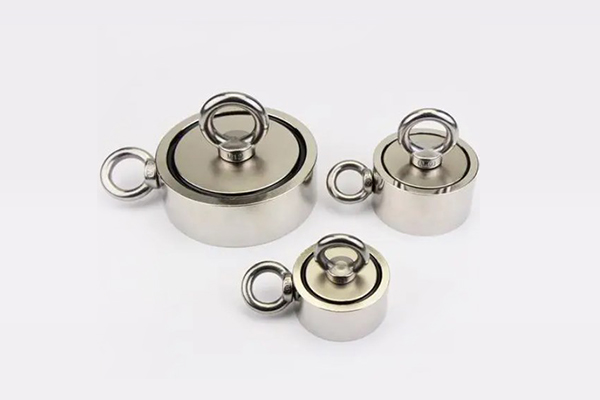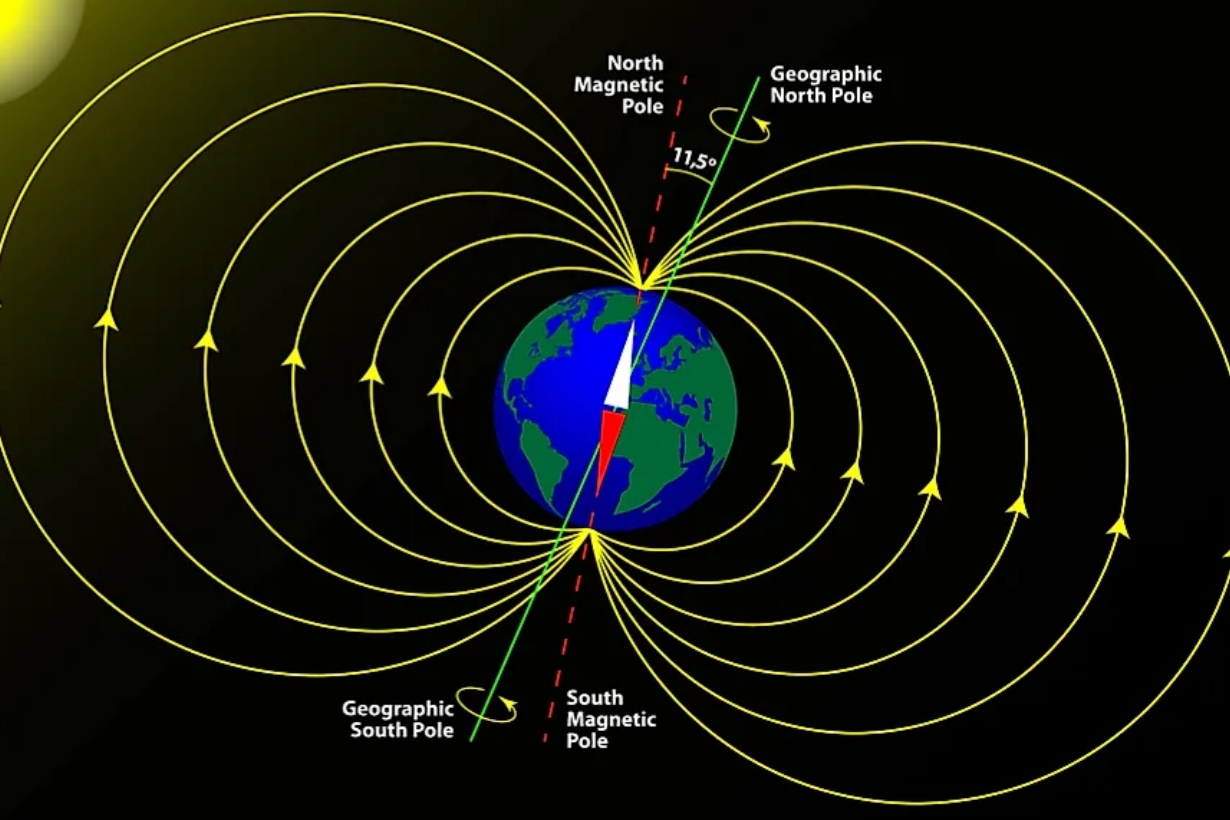The Ultimate Guide to Magnet Fishing
Last updated on {{lastDate}}
Are you ready to dive into the world of magnet fishing and unearth hidden treasures from the depths of rivers, lakes, and ponds? Magnet fishing is a thrilling and growing hobby that combines elements of exploration, history, and excitement. In this ultimate guide, we'll cover everything you need to know to get started on your magnetic adventure.

What is Magnet Fishing?
Magnet fishing is a unique and increasingly popular outdoor activity that involves using a strong magnet to retrieve ferrous metal objects from bodies of water. Participants, known as magnet fishermen or fishers, cast a powerful magnet attached to a rope into rivers, lakes, canals, or ponds and then slowly drag it back to the shore. The goal is to attract and pull up metallic items hidden beneath the water's surface. The basic equipment for magnet fishing includes a strong neodymium magnet, a sturdy rope, and appropriate safety gear. Neodymium magnets are preferred for their strong magnetic force, allowing them to attract and retrieve objects even from deep water. Enthusiasts engage in magnet fishing for various reasons, including the thrill of discovery, the potential for finding historical artifacts, and the satisfaction of cleaning up waterways by removing metal debris. Commonly retrieved items range from old coins, bicycles, and tools to more unusual finds like safes, firearms, and antique items. Magnet fishers need to be aware of safety considerations, such as handling magnets carefully to avoid injuries and responsibly disposing of any recovered items. Additionally, participants should be mindful of local regulations governing magnet fishing to ensure a positive and environmentally friendly experience. Magnet fishing combines elements of treasure hunting, environmental stewardship, and outdoor exploration, making it an engaging and diverse pastime for individuals of various interests.How to Choose the Right Magnet?
Choosing the right magnet for magnet fishing is crucial for a successful and enjoyable experience. Here are some factors to consider when selecting a magnet: Magnetic Strength:- Opt for neodymium magnets, as they offer high magnetic strength.
- Look for magnets with a strong pulling force (measured in kilograms or pounds) to increase the chances of retrieving heavier objects from the water.
Where are the best places to go magnet fishing?
The best places to go magnet fishing are typically bodies of water where there is a higher likelihood of finding metallic objects submerged beneath the surface. Here are some popular locations: Canals and Rivers: Urban and rural waterways often accumulate a variety of items over time. Historical and busy areas might yield interesting findings. Lakes and Ponds: Natural bodies of water can be productive, especially around recreational areas or popular fishing spots. Bridges: Bridges are commonly frequented by people, and objects can accidentally fall into the water. Magnet fishing near bridge structures can be rewarding. Docks and Marinas: Areas with boat traffic or recreational boating can be promising. Docks and marinas are often places where objects may be dropped or lost. Old Dumping Grounds: Historical dumping grounds or areas near old industrial sites might harbor a variety of discarded objects. Underneath Footbridges: Pedestrian bridges, especially those connecting parks or trails, can be good locations for magnet fishing. Historical Sites: Areas with historical significance, such as old ports, harbor towns, or sites with documented events, may have a higher chance of uncovering interesting artifacts. Urban Waterfronts: City waterfronts and urban areas with water features can be rich in potential finds due to human activity over the years. Fishing Spots: Locations popular among anglers might contain lost fishing gear, tackle, or other metal items. Shorelines of Events or Festivals: After public events or festivals held near bodies of water, people may accidentally drop items. Magnet fishing during or after such events could yield unique finds. Remember to obtain any necessary permissions before magnet fishing in private areas or places with restricted access. Additionally, always follow local regulations regarding magnet fishing to ensure a positive and responsible experience. Be mindful of the environment, and properly dispose of any debris or items you retrieve.
Safety First
Before you cast your magnet into the water, it's crucial to prioritize safety. Our guide covers important safety measures, including tips on handling magnets, choosing suitable locations, and practicing responsible disposal of any items you may retrieve.Why do people go magnet fishing?
People engage in magnet fishing for a variety of reasons, and the activity has gained popularity for its unique blend of adventure, exploration, and the potential for uncovering hidden treasures. Here are some common reasons why people go magnet fishing: Thrill of Discovery: Magnet fishing offers the excitement of not knowing what you might find beneath the water's surface. The thrill of discovery, whether it's an old relic, a historical artifact, or a random object, is a major draw. Historical Interest: Many magnet fishers are drawn to the historical aspect of the activity. Bodies of water near historical sites, bridges, or old dumping grounds can yield items that provide insights into the past. Environmental Cleanup: Magnet fishing serves as a form of environmental stewardship. Participants often retrieve discarded metal objects, fishing gear, or other debris, contributing to the cleanliness of waterways. Outdoor Adventure:
- Magnet fishing combines the joys of the outdoors with a sense of adventure. Exploring different bodies of water, casting the magnet, and pulling up items add an element of exploration to the activity.















